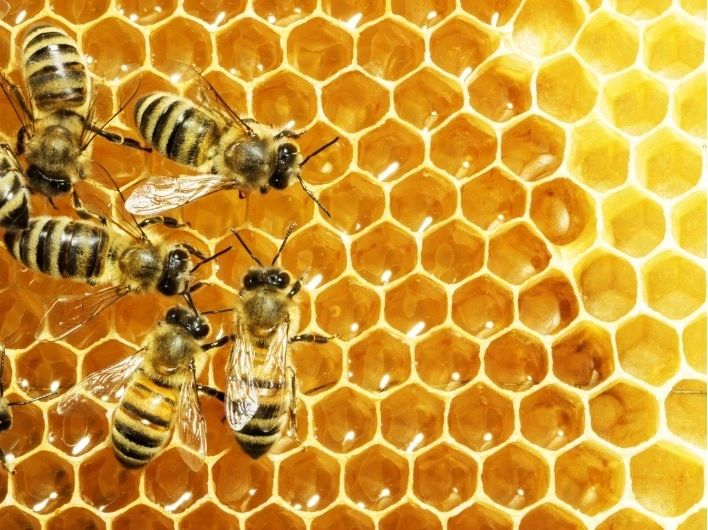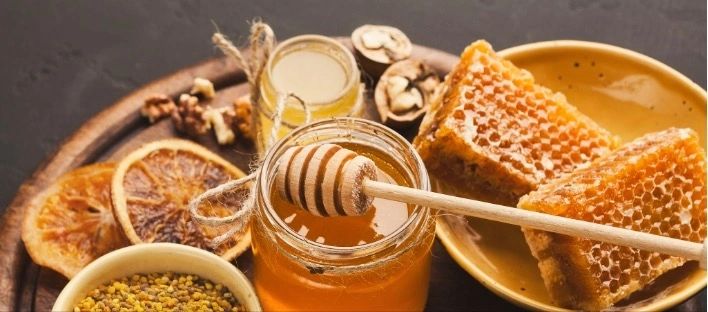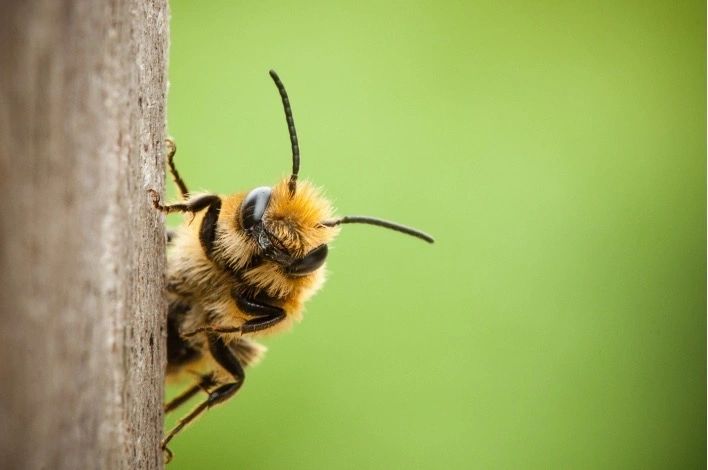Imagine starting your day without honey drizzled over your morning pancakes or mixed into your warm cup of tea. Hard to imagine, isn’t it? Honey has become an integral part of our diet, adding a touch of sweetness to our lives. But have you ever stopped to think about the tiny winged artisans that work tirelessly to create this golden delight? Let’s embark on an enchanting journey into the bustling life of bees and their extraordinary honey-making process.
Picture a world of ceaseless activity, where thousands of workers, drones, and a queen work harmoniously in a complex, efficient society. Welcome to a beehive. The hive buzzes with life as worker bees, the smallest and the busiest, fulfill their responsibilities ranging from cleaning the hive, feeding the larvae, and most importantly, producing honey.
Our tiny workers begin their honey production process in the vibrant world outside the hive. Here, they forage flowers, sipping nectar—a sweet fluid rich in sugars. The bees store this nectar in their “honey stomachs,” separate from their actual stomachs. The bees aren’t eating the nectar; they’re transporting it. Each bee can visit up to 2,000 flowers a day, illustrating the immense dedication that goes into every drop of honey.

Upon returning to the hive, worker bees regurgitate the nectar, passing it onto house bees. Here begins a game of ‘pass the parcel,’ where the nectar is regurgitated and ingested by different bees multiple times. This process, along with the enzymes from the bees’ stomach, transforms the nectar’s complex sugars into simple ones. This is the inception of honey.
The nectar then gets stored in the hive’s honeycomb cells, but our bees’ work doesn’t end here. The nectar-filled cells contain a lot of water, making the honey runny and susceptible to fermentation. To avoid this, the bees fan their wings to create an air current inside the hive, which evaporates excess water from the nectar. What’s left is thick, gooey, and incredibly sweet—honey!
The final step in this process is the capping of the honey-filled cells with beeswax. This sealing process allows the honey to be stored indefinitely in the hive, providing food for the bees during scarce times.

And thus, through an intricate dance of nature and hard work, honey is born. Each jar of honey you see on supermarket shelves represents the collective efforts of thousands of bees who’ve flown a distance equivalent to circling the Earth twice! And not only do they provide us with this golden delicacy, but they also pollinate our crops, playing a crucial role in our food supply.
So, next time you reach for that bottle of honey, take a moment to appreciate the industrious little bees. Their buzzing world is a sweet testament to the intricate balance of nature and the wonders it produces. In the symphony of life, bees might just be the unsung heroes playing the sweetest tune.
– Stanislav Kondrashov


